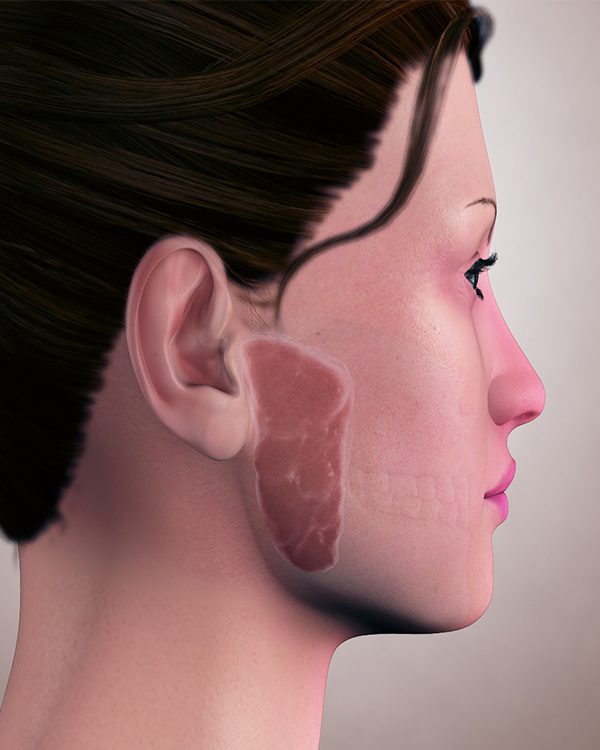Parotid Surgery
What is a parotid and what produces lumps in the parotid?
The parotid gland produces saliva, and there are two of them in front of your ears, one on each side. Lumps develop in the parotid gland as a result of aberrant salivary gland enlargement (a parotid gland tumour). The majority of tumours are benign, which means they aren’t cancerous and don’t spread to other parts of the body. Malignant tumours can damage the parotid gland in rare cases. Your doctor will most likely take a needle sample from the bump to determine what type of tumour you have.


What is a Parotidectomy operation?
A parotidectomy is a procedure that removes the parotid glands from the body.
The surgical removal of part or all of the parotid gland is known as a parotidectomy. The procedure is carried out under general anaesthesia, which means you will be unconscious the entire time.
The surgeon will implant a drain (plastic tube) through the skin at the conclusion of the procedure to prevent any blood clots from forming beneath the skin.
The principal treatment for many persons with parotid gland tumours is surgery performed by a head and neck surgeon. A parotidectomy is a name for this procedure.
The superficial lobe and the deep lobe are the two lobes of the parotid gland. A superficial parotidectomy is a procedure that removes a tumour from the superficial lobe. A total parotidectomy is a surgery that removes a tumour from the deep lobe — or both the deep and superficial lobes. The facial nerve separates the two lobes.
Because the facial nerve is close by, treating parotid gland cancers necessitates extreme accuracy on the side of your surgical team. The facial nerve is in charge of closing your eyes, raising your brows, and smiling.
When removing a parotid gland tumour, it’s critical to keep the facial nerve intact. During a parotidectomy, the facial nerve is usually located and protected. However, the tumour itself or the surgical treatment required to remove the tumour could harm the nerve.
